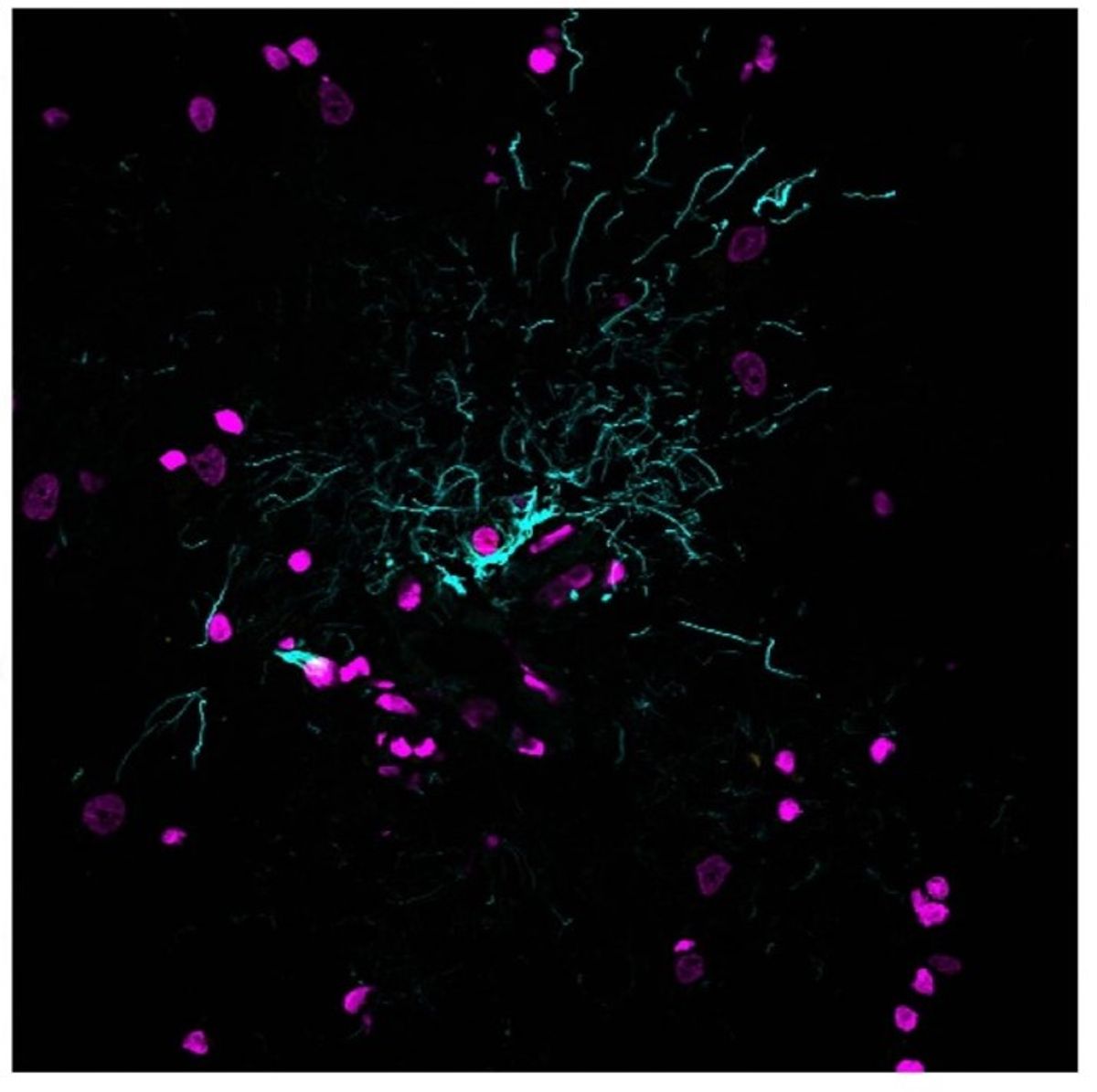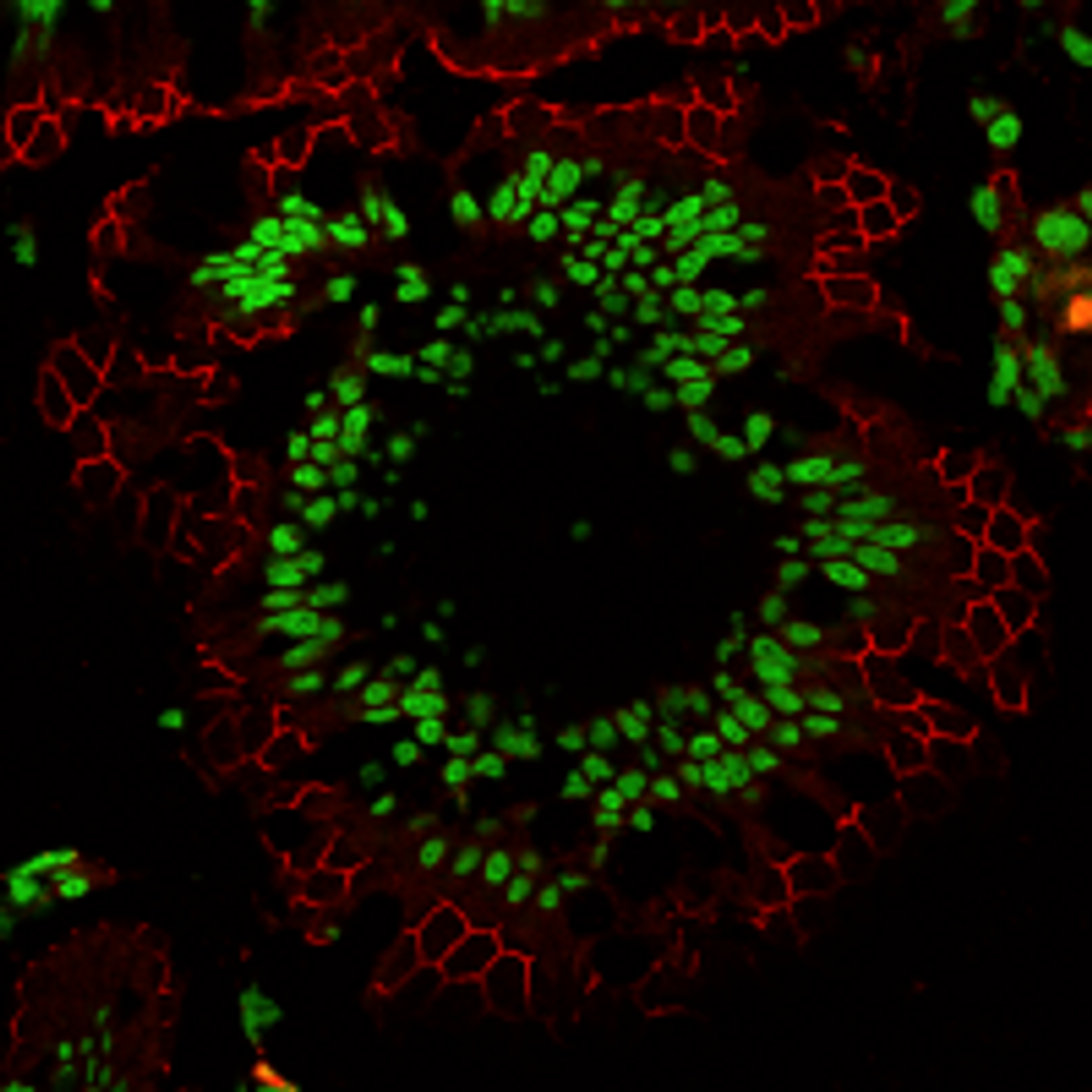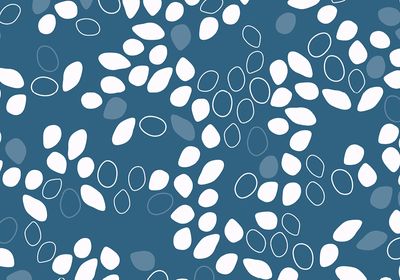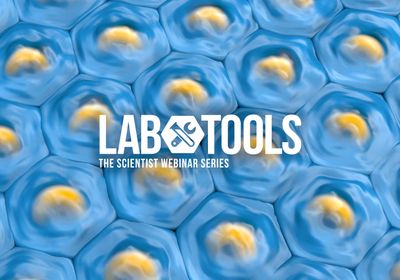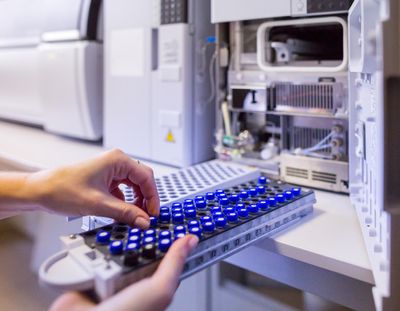Background fluorescence is a common problem for scientists when performing immunofluorescence microscopy or staining to observe markers of interest. This signal can come from a number of sources, including intrinsic biomolecules that act as endogenous fluorophores, non-specific antibody binding, or charged fluorescent dyes.1 Regardless of source, researchers go to great lengths to filter out or quench these signals, and are always looking for new and better solutions to deal with background fluorescence.
Endogenous Signal Sources
Many naturally-occurring elements in the body emit fluorescence, including collagens, red blood cells, flavins, and fatty acids.1 Lipofuscin and lipofuscin-like pigments, a complex mixture of cellular catabolic byproducts that ubiquitously accumulates over time, are especially troublesome because they emit light across a broad spectrum spanning 400nm to 700nm.2 This poses a problem for scientists in general, but especially for researchers investigating aging and senescence, as lipofuscin build-up over time in cells makes immunofluorescence techniques virtually impossible to perform in many tissues unless this undesired autofluorescence is masked.
Researchers have traditionally used the granule-binding lipophilic dye Sudan Black B (SBB) to alleviate lipofuscin autofluorescence.3 However, while SBB can quench a wide range of lipid-derived fluorescence signals, it can also quench signals emitted by fluorescent probes used for immunohistochemistry and immunofluorochemistry. Furthermore, SBB itself introduces non-specific red and far-red fluorescence, either endogenously or via reactions with commonly used commercial mounting medias or antifading agents.4 This limits the use of fluorescent dyes in those wavelengths for labeling and hampers multicolor panel construction. Finally, it dyes the tissue a deep blue color, preventing subsequent colorimetric histological staining.5
Exogenous Signal Sources
In addition to endogenous autofluorescence, scientists must also contend with obfuscating signals introduced during the experimental workflow. This non-specific signal can come from multiple sources, such as off-target antibody cross-reactivity and antibody adsorption to the sample. It can even arise because of negative charge carried by fluorescent dyes that can promote non-specific antibody binding. While blocking agents, such as bovine serum albumin (BSA), casein, or gelatin, can mitigate non-specific antibody binding to the sample, they cannot block non-specific background caused by charged fluorescent dyes that are conjugated to the antibody.
Novel Solutions
In light of these challenges, scientists are looking for alternatives to clear the way for more striking and effective multicolor imaging.
Novel compounds like Biotium’s TrueBlack® and TrueBlack® Plus Lipofuscin Autofluorescence Quenchers can quench lipofuscin autofluorescence with minimal effect on fluorescent antibody or nuclear dye-derived signals.6 They also can reduce autofluorescence from red blood cells and other non-lipofuscin sources.7 Scientists can apply TrueBlack® before or after immunostaining and re-use the stain without significant loss of potency. The stain does not react with several standard aqueous-based fluorescence mounting medias.7 Moreover, in contrast to the original TrueBlack® which required ethanol-based solutions for quenching, TrueBlack® Plus is a next-generation lipofuscin quencher that not only offers even lower non-specific red/far-red background signal, but also works in aqueous buffer solutions—thus facilitating longer incubation times without the risk of tissue sample shrinkage.
TrueBlack® technology has also expanded to tackle other sources of background signal. The TrueBlack® IF Background Suppressor System is a set of buffers for immunofluorescence (IF) staining that is designed for blocking both non-specific protein binding and background signal from charged dyes. These buffers can be used for both blocking and antibody dilution, and they also contain detergent for simultaneous blocking and permeabilization in a single 10-minute step. Similarly, the TrueBlack® WB Blocking Buffer Kit is a system specifically developed to reduce non-specific signal in fluorescence-based western blotting (WB). These buffers target dye-labeled antibody interactions with both non-specific proteins and the blotting membrane (either PVDF or nitrocellulose) itself, and suppress more background signal than BSA, gelatin, or casein.
TrueBlack® technology offers flexible and effective solutions for countering non-specific antibody binding and autofluorescence for scientists across a variety of fields and conducting a wide array of assays.
References
- Croce AC, Bottiroli G. Autofluorescence spectroscopy and imaging: a tool for biomedical research and diagnosis. Eur J Histochem. 2014;58(4):2461.
- Snyder AN, Crane JS. Histology, Lipofuscin. In: StatPearls [Internet]. StatPearls Publishing; 2023 Jan-.
- Bain BJ. 15 - Erythrocyte and Leucocyte Cytochemistry. In: Bain BJ, et al., eds. Dacie and Lewis practical hematology, 12th edn. Churchill Livingstone; 2017:312-29.
- Romijn HJ, et al. Double immunolabeling of neuropeptides in the human hypothalamus as analyzed by confocal laser scanning fluorescence microscopy. J Histochem Cytochem. 1999;47(2):229-36.
- Pyon WS, et al. An alternative to dye-based approaches to remove background autofluorescence from primate brain tissue. Front Neuroanat. 2019;13:73.
- Axelrod HD, et al. Optimization of immunofluorescent detection of bone marrow disseminated tumor cells. Biol Proced Online. 2018;20:13.
- Whittington NC, Wray S. Suppression of red blood cell autofluorescence for immunocytochemistry on fixed embryonic mouse tissue. Curr Protoc Neurosci. 2017;81:2.28.1-2.28.12.

